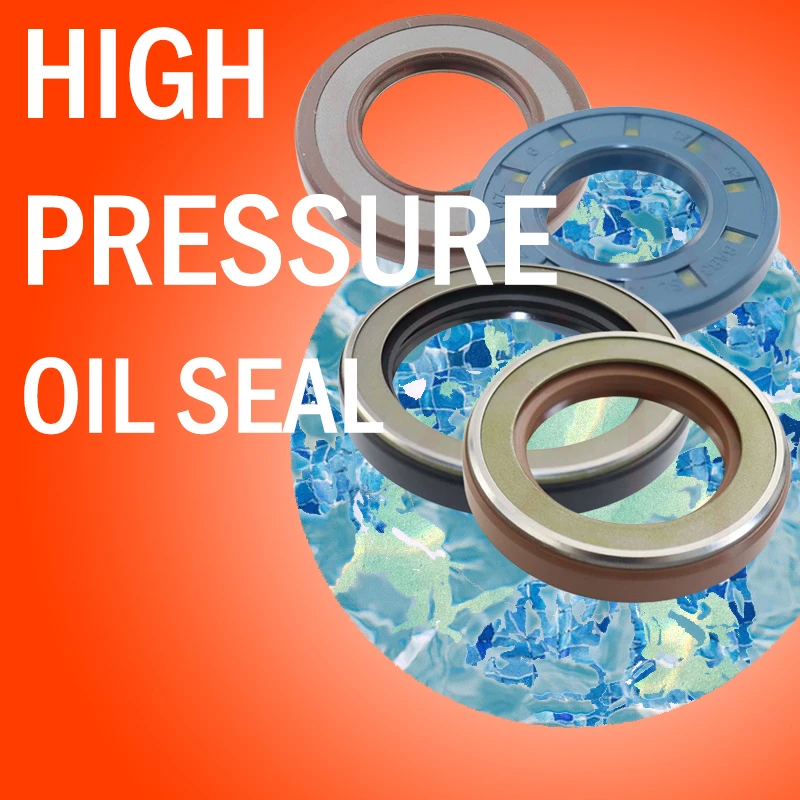ທ.ວ. . 22, 2024 18:35 Back to list
wiper seal types
Understanding Wiper Seal Types A Comprehensive Guide
Wiper seals play a critical role in various applications, including automotive, hydraulic, and pneumatic systems. They are designed to prevent contaminants from entering the system while retaining the fluids, ensuring longevity and optimal performance. This article will explore the different types of wiper seals, their features, and applications.
What is a Wiper Seal?
A wiper seal is a sealing component that fits around a rod or piston, preventing the ingress of dirt, dust, and other contaminants from the outside environment. It also prevents leakage of the internal fluid or lubricant. Wiper seals are typically used in hydraulic cylinders, pneumatic cylinders, and any application where a rod or piston moves in and out of a housing.
Types of Wiper Seals
1. Single Lip Wiper Seals
Single lip wiper seals have a simple design that consists of one lip extending outward. This type is effective in keeping contaminants out but is less effective at holding in fluid compared to more complex designs. Single lip wipers are commonly used in applications where the risk of contamination is moderate. They are often made from materials such as rubber or polyurethane, offering flexibility and durability.
2. Double Lip Wiper Seals
Double lip wiper seals feature two separate sealing lips, providing better protection against contaminants and enhanced fluid retention. The first lip acts as a primary barrier, while the second can catch any particles that may have slipped past the first. This double-lip design is particularly advantageous for hydraulic applications where higher contamination levels may be expected and is suitable for a variety of fluids.
wiper seal types

V-ring wiper seals are shaped like the letter V and are commonly used in rotating applications. The unique shape allows the seal to maintain contact with the moving component while preventing dirt and debris from entering. V-ring seals provide excellent lateral sealing and wear resistance and are particularly effective for applications in harsh environments, such as on construction equipment and machinery.
4. U-Cup Wiper Seals
U-cup wiper seals have a design resembling the letter U, with a lip that acts as a barrier against contaminants. They are typically used in hydraulic cylinders and act as a secondary seal to prevent leakage while also offering excellent dirt exclusion capabilities. U-cups are often made from materials that can withstand high pressures and have good wear resistance, making them a reliable choice for demanding applications.
5. Guide Rings with Wiper Function
Some applications require additional support for the wiper seal to maintain alignment and prevent wear. Guide rings, often combined with wiper seals, serve this purpose. They help to stabilize the rod or piston, reducing the likelihood of misalignment and extending the life of the wiper seal. This combination is especially useful in high-performance hydraulic systems.
Material Considerations
The choice of material for wiper seals is crucial to their performance and longevity. Common materials include
- Nitrile (Buna-N) A versatile material suitable for oil, water, and some chemicals. - Polyurethane Offers excellent wear resistance and is ideal for high-pressure applications. - Fluorocarbon (Viton) Known for its chemical resistance, making it suitable for harsh environments. - PTFE (Teflon) Provides low friction and is often used in applications involving high temperatures.
Conclusion
Wiper seals are essential components in various mechanical systems, providing protection against contamination and fluid leakage. Understanding the different types of wiper seals and their appropriate applications can help in selecting the right seal for specific needs. By choosing the right wiper seal, manufacturers can enhance the performance and durability of their systems, ultimately leading to improved efficiency and reduced maintenance costs.
-
The Trans-formative Journey of Wheel Hub Oil Seals
NewsJun.06,2025
-
Graphene-Enhanced Oil Seals: Revolutionizing High-Pressure Oil Sealing
NewsJun.06,2025
-
Future of Hydraulic Sealing: Advanced Intelligent TCN Oil Seals
NewsJun.06,2025
-
Don’t Let a Broken TCV Oil Seal Ruin Your Day
NewsJun.06,2025
-
Bio-Inspired Dust Seals for Better Sealing Performance
NewsJun.06,2025
-
Biodegradable and Sustainable Hydraulic Seal Materials
NewsJun.06,2025
-
Top Oil Seal Solutions for Your Industrial Needs
NewsMay.22,2025
Products categories
















